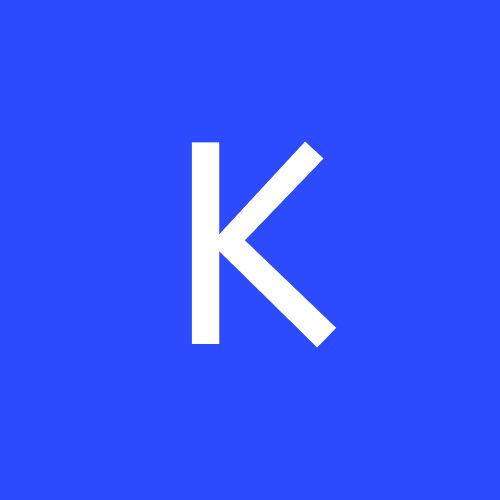How I Write a Tagline
We're working on a lot of exciting new projects at Buffer, and with new projects come new marketing opportunities.And with new marketing opportunities come new taglines.It's been so fun to work with teammates (Leo, Courtney, and others) and riff on possible taglines for products like Pablo ("Design engaging images for your social media posts in under 30 seconds"), new Buffer analytics ("Easily find your most popular social media posts"), and more (Buffer: "Powerful social media sharing and scheduling on the go").And the more chances I've had to participate in these exercises, the more I realize there is somewhat of an art and science to the way we approach things.I'd love to share.
1. Focus on benefits rather than features
 Samuel Hulick of User Onboarding put together the above image which is a great visual representation of this exact point: Your product doesn't do something. Your product allows your customer to be, to feel, and to achieve something. What is that something? Well, I can't specifically tell you (although that'd be great!), but once you find it, you'll have your benefit.A few questions we ask when thinking through this features vs. benefits idea for Buffer launches.
Samuel Hulick of User Onboarding put together the above image which is a great visual representation of this exact point: Your product doesn't do something. Your product allows your customer to be, to feel, and to achieve something. What is that something? Well, I can't specifically tell you (although that'd be great!), but once you find it, you'll have your benefit.A few questions we ask when thinking through this features vs. benefits idea for Buffer launches.
- What will the person do with this product?
- What will they be able to do now that they couldn't before?
- What problems does this solve?
- What positive effects will this have on their life?
2. What is the job to be done?
Another method of putting yourself in the customer's shoes is the Jobs To Be Done mindset.What is the customer hiring your product to do for them?Harvard Business School marketing professor Theodore Levitt once pointed out, “People don’t want to buy a quarter-inch drill. They want a quarter-inch hole!”Another example is a fast food chain that discovered their milkshakes were super popular in the early mornings. Customers were hiring the milkshakes as a quick, convenient, one-hand meal while driving to work. ("Meal" might be the wrong term.)Carmen Nobel's article for the Harvard business blog makes a couple good points here:
> "The JBTD point of view causes you to crawl into the skin of your customer and go with her as she goes about her day, always asking the question as she does something: Why did she do it that way?"> The key to marketing is knowing what job the customer is trying to get done, and envisioning the one solution that gets it done perfectly.
3. Start with a verb
The quickest way for a customer to imagine themselves using your new product or feature is for them to know what they can do. Hence, we brainstorm, verb-first.Start each tagline with a verb.What does your new analytics feature let customers do?
- Discover your top referrers with ease
- Cut the confusion with your business data
- Find meaningful insights in seconds
4. Work from a list of power words
When writing a tagline, you'll be limited with word count. So make every word count.Consult a list of power words. There are some great ones from the likes of David Ogilvy (advertising legend) and others. I compiled 189 of these "words that convert" in a post for the Buffer blog. Here are some of my favorites:
5. Give yourself lots of options
When I write taglines, I write bunches---many terrible, some okay, a handful worth considering. It's great to have lots of options because it helps the creativity flow, and it opens up possibilities and perspectives from others on your team.
6. Ruminate, percolate, simmer, etc.
Let your tagline ideas sit for a few hours, preferably a day or two. Then come back to them with fresh eyes and see what grabs you.
7. "We hope you like it."
We're operating in a bit of a new way at Buffer, according to an organizational paradigm called Teal, which is high on self-management, wholeness, and evolutionary purpose.What does this mean for marketing? (And for taglines?)
Teal Organizations’ approach to marketing is almost simplistic. The organizations simply listen in to what feels like the right offering. There are no customer surveys and no focus groups. Essentially, marketing boils down to this statement: This is our offer. At this moment, we feel this is the best we can possibly do. We hope you will like it.
Working from this perspective takes a lot of pressure off the tagline writer. You don't have to focus on hype. You can focus on honesty. "This is what our product does. Hope you like it!"
Further reading:
- 189 Words That Convert - My list of power words at the Buffer blog
- Does Your Copy Pass the Forehead Slap Test? - Great stuff from Copyblogger on benefits vs. features
Image sources: User Onboarding
